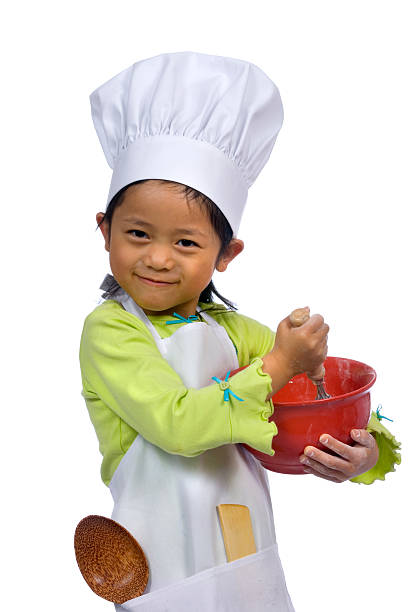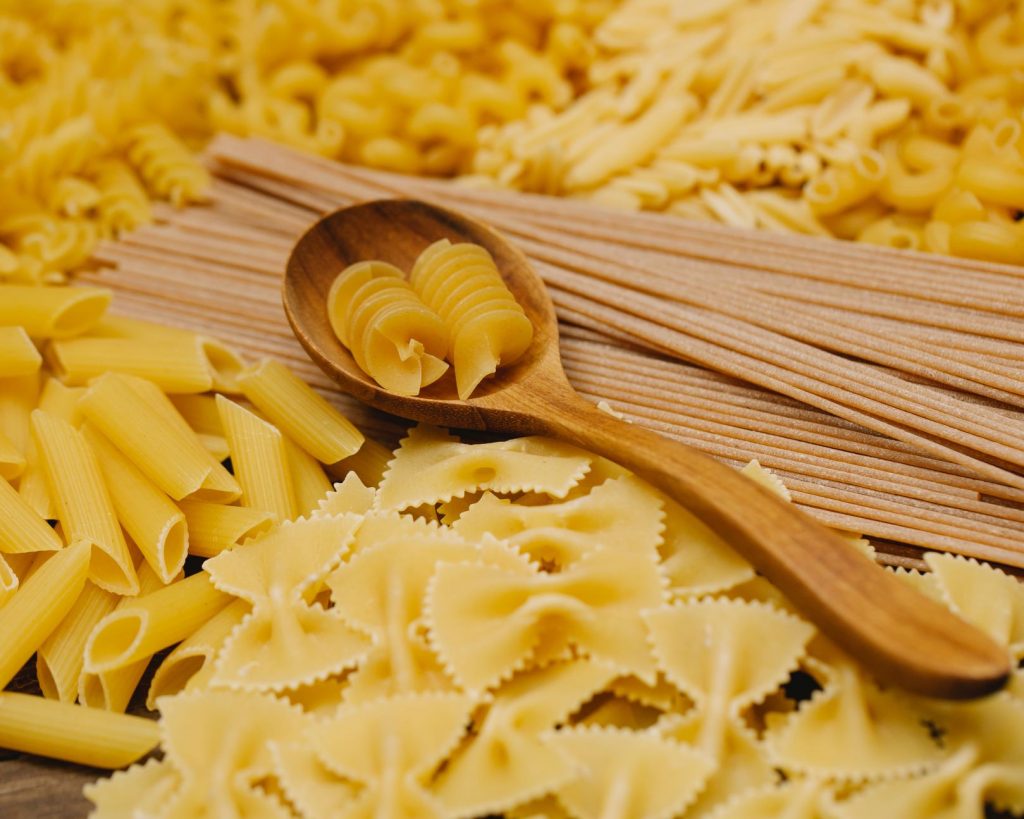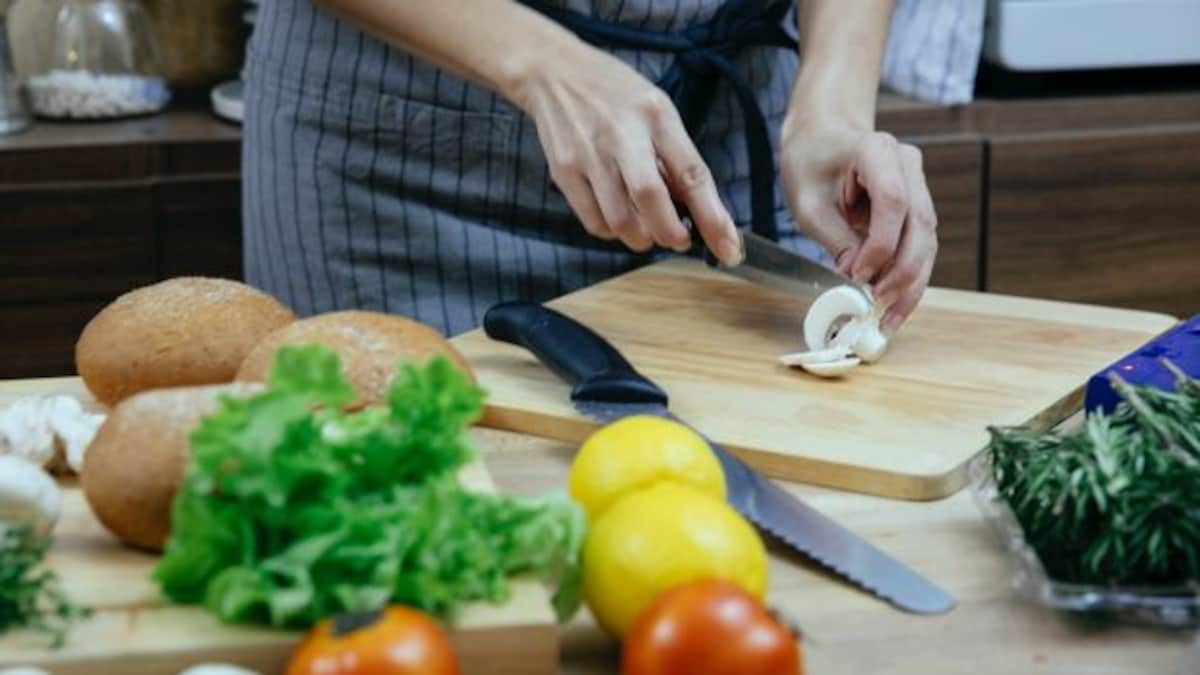
Flexibility is a key skill in cooking. It could involve adapting your recipe to accommodate seasonal produce, using a different way to prepare an item, or creating a custom order to meet customer preferences. To be adaptable, you must embrace change, try new methods, and understand that new tastes and expectations are constantly changing. If you are a beginner, here are some tips to improve your cooking skills.
Learn basic knife skills
Although most adults are proficient in basic cooking skills, there is still much to be learned. Knife skills can prove to be very useful. A knife skill class will teach you how to properly maintain and care for knives. You might also like to learn how you can debone a chicken or slice vegetables thinly. This skill is essential and will make cooking so much easier.
Develop your teamwork skills
Cooking is a creative endeavor that requires teamwork. Whether it is getting orders from servers in the dining room or rotating cleaning responsibilities with your team, you will need to be able to work well with others. If you want to succeed in this field, you should invest in improving your communication, understanding and teamwork skills. These are some tips to improve teamwork. Communicate better with your colleagues in the kitchen and at work.

Master Western cuisine cooking techniques
Learn how to prepare dishes from any Western cuisine. French cooking is the origin of most western techniques. French chefs were actually the first to describe cooking techniques and identify subvariants. These are called the 5 Mother Sauces. Many modern sauces are variations on these classics. While the French may have started Western cuisine, they soon began to take influences from other European countries. The introduction of pasta by the Italians became a key part of Werntern food.
Invest in high-quality kitchen utensils
You don't have to be a professional chef or just starting out, but investing in quality cooking tools can make all the difference. The right tools can make a huge difference in how you cook, from cutting vegetables to stirring sauces. Apart from improving your cooking skills and enjoyment, you can also invest in the right tools.
Attention to detail
Chefs can be successful if they are able to see small changes in recipes and customer orders. You must pay attention to every detail when preparing food to ensure you are delivering exactly what the customer ordered. Follow all instructions. Note important details such as the customer's name and order details. This attention is critical to ensuring that the food you prepare is delicious and your customer is satisfied.

Practice cooking skills
Cooking well requires the ability to transfer from one task to another. It opens up a whole new world for expression by practicing different cooking techniques and skills. Any recipe can involve different types of cooking, so if you want to improve your technique, make sure you practice! You can test a bread's underproofness or overproofness by piercing it with a fork. If the bread doesn't spring back at all, or just slightly, it is probably underproofed. It should give off a little spring.
FAQ
How Much Does It Cost to Study Culinary Arts?
The price of studying culinary arts varies widely. A four year degree is typically around $40,000. A two-year associate degree, on the other hand may cost less than $5,000. The type of program you choose will determine the tuition rates. Public institutions are more expensive than private institutions.
What are some of the benefits of using slow cookers?
Slow cookers can be very helpful because you can prepare delicious meals quickly. Slow cooker recipes are more healthy than traditional dishes because they use less oil. In addition, slow cooker recipes are convenient because they take care of themselves while you sleep.
What is the difference between a chef & a cook?
A chef cooks for others. A cook prepares food for his or her own consumption. While both jobs involve the preparation of food, a chef interacts directly with his customers. This may mean that they might have to choose what to cook for guests depending on their preferences. A cook doesn't need to interact with clients. He or she makes sure that the food is delicious before serving it.
Statistics
- On average, chefs earn $58,740 a year, according to the BLS. - learnhowtobecome.org
- In the United States, the category is estimated at $23.2 billion annually and is growing faster than the market. (washingtonpost.com)
- The median pay for a chef or head cook is $53,380 per year or $25.66/hour, according to the U.S. Bureau of Labor Statistics (BLS). (learnhowtobecome.org)
External Links
How To
How to make a perfect eggroll
Omelets is one of my favourite breakfast foods. But how do you create them perfectly? I've tried many different methods and recipes, but none of them seem to work! I have some tips and tricks to help you make delicious, fluffy omelets every single morning.
Before we start making omelets, let's remember that eggs are temperamental. You must get them fresh, organically, and keep them cold until you cook. The yolks and whites will not form properly if they aren't kept cold enough. This causes your omelets to look oddly colored. If you're going to cook them immediately, it is best if the eggs are still warm.
Another tip is to separate each egg before adding them to the saucepan. You don't want the white to get mixed with the yolk, as this could cause the egg to curdle.
You might burn the bottom of the egg if you place the egg directly on the stovetop. This could ruin the texture of your omelet. Instead, microwave the egg for 10 seconds before adding it to the pan. The heat from the microwave cooks the egg just enough without overcooking it.
Next, let's discuss mixing the eggs. You want to mix the eggs thoroughly before you add them. You need to turn the bowl of the mixer upside down. Then, vigorously shake the bowl. This will whip the air around the bowl and mix the egg well.
Now comes the fun part - pouring the milk into the mixture. Fold the eggs in the milk mixture by first pouring half of it into the egg whites. Do not be alarmed if there are still egg streaks visible. Once the omelet flips, these streaks will disappear.
After folding the eggs fold the pan onto medium heat. When the oil starts to hot, wait for the pan to cook. When the oil is hot enough, add 1/4 cup butter to the pan. Stir it around until the butter covers the entire pan. Carefully open the pan's lid and add salt to the pan. A pinch of salt will prevent your omelet from sticking in the pan.
Cover the pan once the omelet is formed and allow it to cool completely. Flip the omelet upside down or with a spatula. Cook the second side for a minute or so. Serve immediately after removing the omelet from its pan.
This recipe is best when used with whole milk. But, you can use skimmed milk as well.